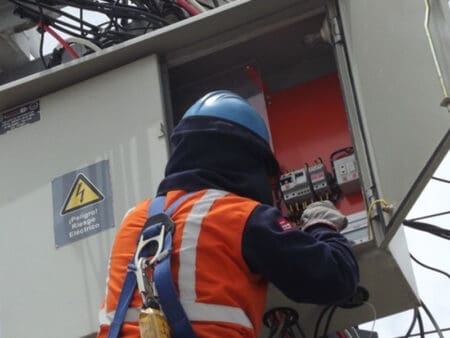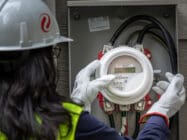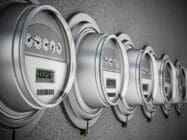
Peruvian state distribution company Hidrandina has issued a call for almost 32,000 smart meters.
The smart meters are intended for Hidrandina itself as well as for the other members of the Distriluz group, Electronoroeste, Electronorte and Electrocentro, which together distribute electricity to more than 12 million people in the north and central regions of Peru.
The contract is expected to be awarded in mid-July and to extend over 2.5 years.
Smart metering in Peru has lagged some other countries in the Latin American region, notably Costa Rica and Uruguay, but has been gathering momentum as part of a broader digitalisation of the energy sector.
Have you read?
Latin America smart meter penetration to triple by 2028
Smart grid drivers in Latin America
In June 2022 Hidrandina announced the intention to pilot 10,650 smart meters in Trujillo, Huanchaco and Virú.
“A detail of the project is that smart metering is not only the meter – it is the communication, the platform and the management software, these three go hand in hand,” said Hidrandina Commercial Manager, Saúl Ayaypoma.
“The objective is to improve the management of energy losses, with these meters we will have information in real time.”
In the first part of the project, which has been completed, smart meters have been installed by Electrocentro in the transformation centres and distribution substations as well as in large customers.
Electrocentro, which also is pioneering the smart grid in Peru, in May reported completing the rollout of its distribution automation project.
Approximately 750,000 people are expected to benefit from a reduction in the time of outages due to more rapid detection of failures
Among other smart metering projects in Peru, Enel Distribución Perú has undertaken two pilots, the first of 8,500 meters and the second of 10,000 meters in its concession zone in the capital Lima and Callao.
Berg Insight has estimated a total of about 50,000 smart meters in Peru and the market to grow to around 650,000 by 2028. They expect an increase after 2024 when technical standards and a cost-benefit methodology for deployment are anticipated.
Most recently the regulator Osinerg has approved the implementation of a new time-of-use tariff plan for smart meter users with effect from September 1.
Three tariff blocks are envisaged, the base from 11pm to 8am, medium from 8am to 6pm and peak from 6pm to 11pm, with potential savings for users estimated between 5% and 19%.








